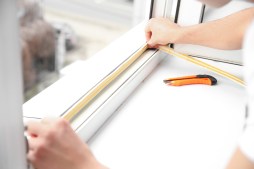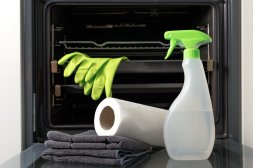DIY vs Professional Help: How to Handle Your Leaky Bathtub Edge
A leaky bathtub edge can lead to water damage, mold growth, and costly repairs if not addressed promptly. When you notice water seeping around your bathtub’s edges, it’s essential to decide whether a do-it-yourself (DIY) approach or professional assistance is the best solution. This article explores both options to help you make an informed decision.
Understanding the Causes of a Leaky Bathtub Edge
Before deciding how to fix a leaky bathtub edge, it’s important to understand what causes the leak. Common reasons include deteriorated or missing caulk, gaps caused by shifting building materials, or installation issues with the tub liner or tiles. Moisture can easily seep through these weak points and cause damage beneath the surface.
DIY Resealing: When and How You Can Do It Yourself
If you’re dealing with minor leaks caused by old or cracked caulking, resealing the bathtub edge yourself can be a cost-effective solution. To DIY reseal your bathtub edge, start by removing the old caulk thoroughly using a caulk remover tool and cleaning the area completely dry. Then apply new mildew-resistant silicone caulk evenly along the joint between tub and wall tiles. Allow adequate drying time as per product instructions. This method is suitable for small leaks without extensive underlying damage.
Professional Help: When to Call an Expert
However, not all leaks are simple fixes. If you notice significant water pooling beneath your floorboards, persistent moisture issues despite resealing attempts, visible mold growth behind walls, or if your bathroom has structural shifting that caused gaps in sealing areas, hiring a professional is advisable. Experts can assess hidden damage and perform thorough repairs including tile replacement or waterproofing measures that go beyond just applying new caulk.
Benefits of DIY vs Professional Repair
Choosing DIY saves money upfront and allows for quick fixes when leaks are minor; it also gives you control over timing without having to wait for an appointment. On the other hand, professionals bring experience that ensures long-lasting repairs with proper waterproofing techniques which reduce chances of recurring problems — ultimately saving money on future repairs.
Tips for Maintaining Your Bathtub Sealant
To extend the life of your bathtub sealant regardless of repair method chosen: clean edges regularly with non-abrasive cleaners; keep seals dry after bathing; inspect periodically for cracks; reapply sealant every few years even if no leak appears; use high-quality silicone products designed specifically for bathrooms.
In conclusion, resealing a leaky bathtub edge depends largely on severity and underlying causes of leakage. Minor crack-related leaks lend themselves well to DIY solutions while complex situations require professional intervention for safety and effectiveness. By understanding these factors you can confidently handle your leaky bathtub edge before it leads to bigger problems.
This text was generated using a large language model, and select text has been reviewed and moderated for purposes such as readability.











